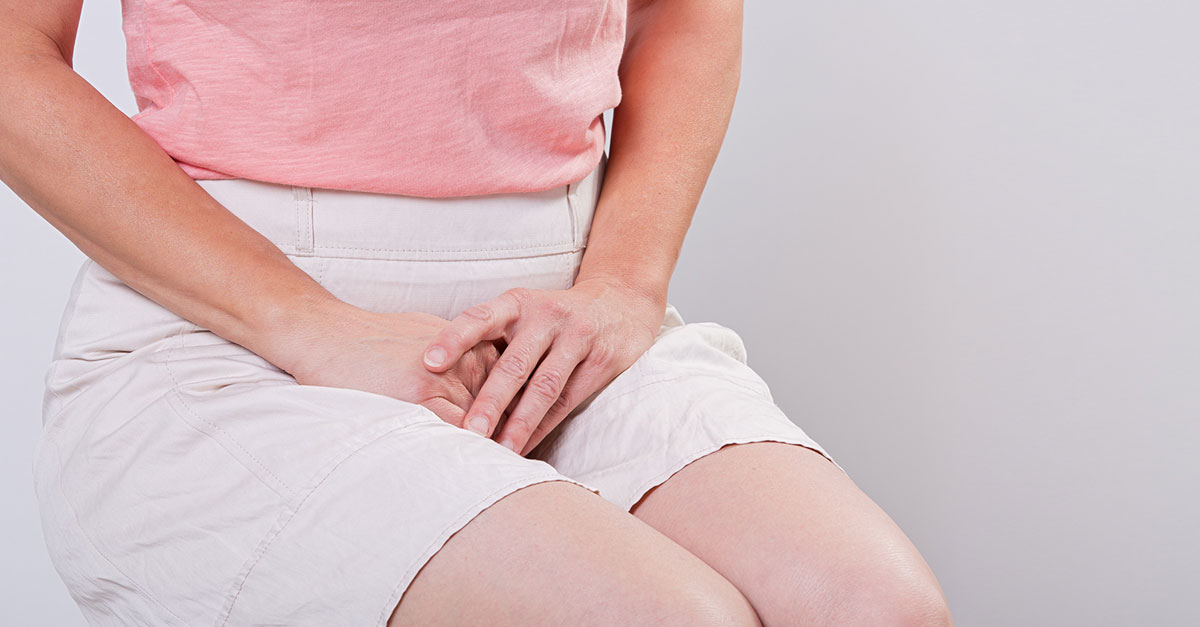If that “gotta-go” urge is ruling your life and you’re afraid to leave home without first mapping out all the restrooms on your route, you might want to sit down…on the kegel throne, that is—a device that sounds improbable at first, yet has helped many of the women who’ve tried it.
Whether due to age, pregnancy, childbirth or menopause, millions of women have poor bladder control. This includes the overwhelming urge to urinate even when your bladder isn’t full (urge incontinence) or leaking urine (stress incontinence) when you jump, cough or laugh, making your favorite Zumba class risky business. Chances are you’ve tried doing the kegel exercises that your doctor recommended to stimulate pelvic floor muscles and regain control of bladder function. But sometimes it’s just not possible to do enough of them to make a difference. That’s where the Emsella chair comes in.
The Emsella transmits magnetic resonance technology (similar to an MRI) to stimulate and contract pelvic floor muscles in a noninvasive way and without pain. It delivers the equivalent of 11,200 kegels in a 28-minute session—most women fail to do even the recommended 30 kegels in a day. The chair itself doesn’t move (it does make a funny sound, though not as loud as an MRI machine), but how you sit on it—leaning forward or leaning back—allows the appropriate area to be targeted.
Unlike incontinence itself, the treatment is anything but embarrassing. All you do is sit on the cushioned chair fully clothed (you must remove all of your jewelry and part with your keys and cell phone).
Suggested treatment is twice weekly sessions for three weeks. ou may start to notice improvement after a single session. Once you strengthen these muscles, your pelvic floor will feel stronger, and this may encourage you to keep up with kegels on your own.
Does it work? According to three studies done in the US, the UK and Bulgaria involving a total of 80 women, nearly all noticed an improvement in quality of life. On average, two-thirds were able to reduce their use of incontinence pads, some completely. Many also reported being better able to continue with kegels on their own at the six-month follow-up.
In fact, doing 100 to 200 kegels a week on your own is the best way to prolong the results. Right now, with limited use in this country, practitioners are suggesting a once-a-year Emsella maintenance visit.
Note: The chair may also improve sexual satisfaction in men and women because it boosts blood flow to the genital area, important for sexual response. It’s also being looked at for improving bladder control in men. Studies are ongoing.
Important: You can’t be pregnant and use the Emsella. Insurance does not cover the cost of treatment as of now, which runs an average of $2,000 for the six suggested sessions.
Keep in mind that although the Emsella is an FDA-approved device for female urinary incontinence, research on its effectiveness is in its early stages. Some people in the medical community are still skeptical, preferring more traditional methods such as a pessary (a device that’s inserted to support the bladder and prevent leaking), pelvic physical therapy and/or medication or injections to more innovative ideas such as biofeedback. Also, because the chair is relatively new, you may need to hunt to find a gynecologist, urologist or urogynecologist who’s offering it. You might start with the search function on the Emsella website.


